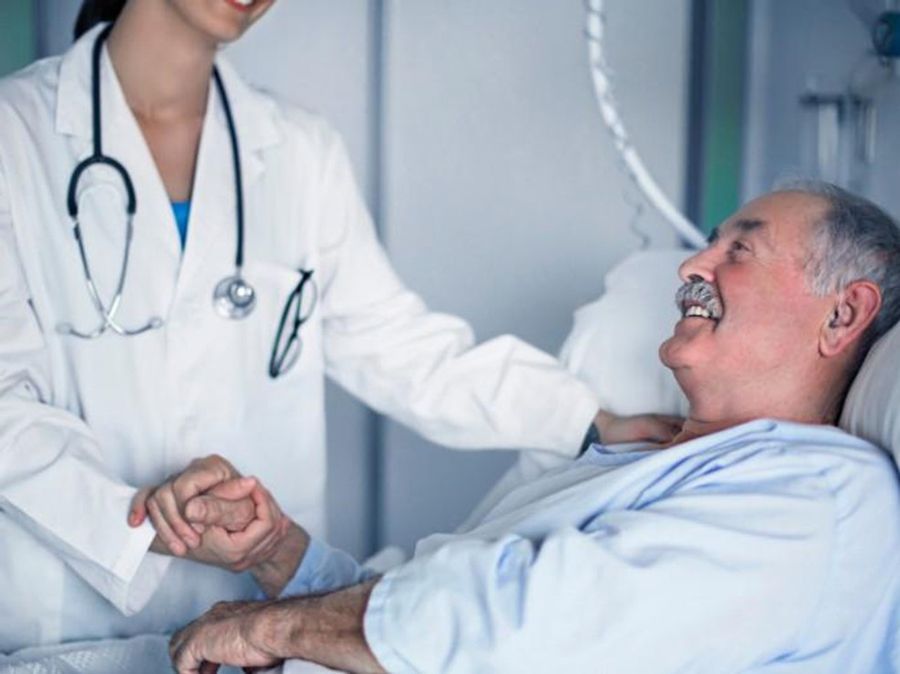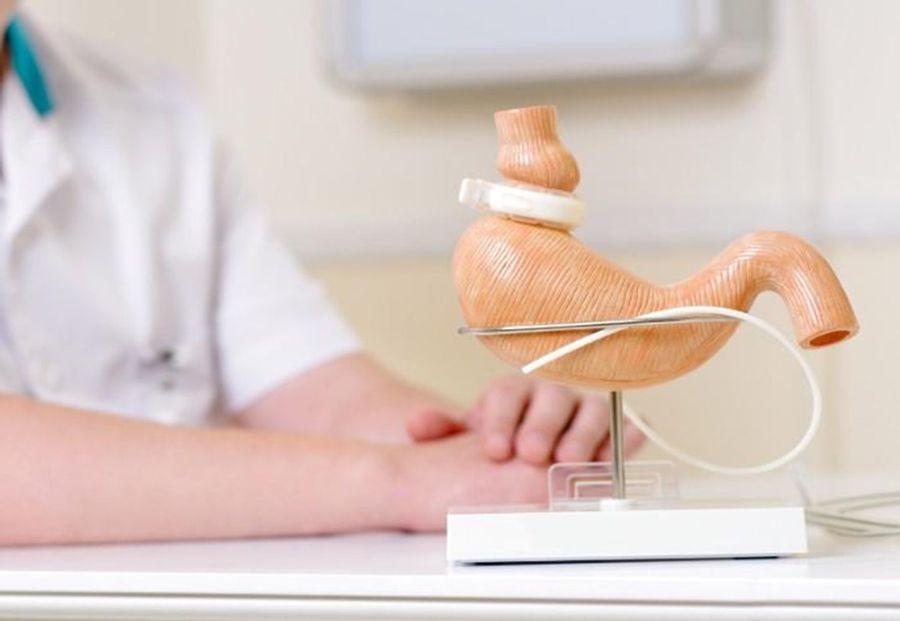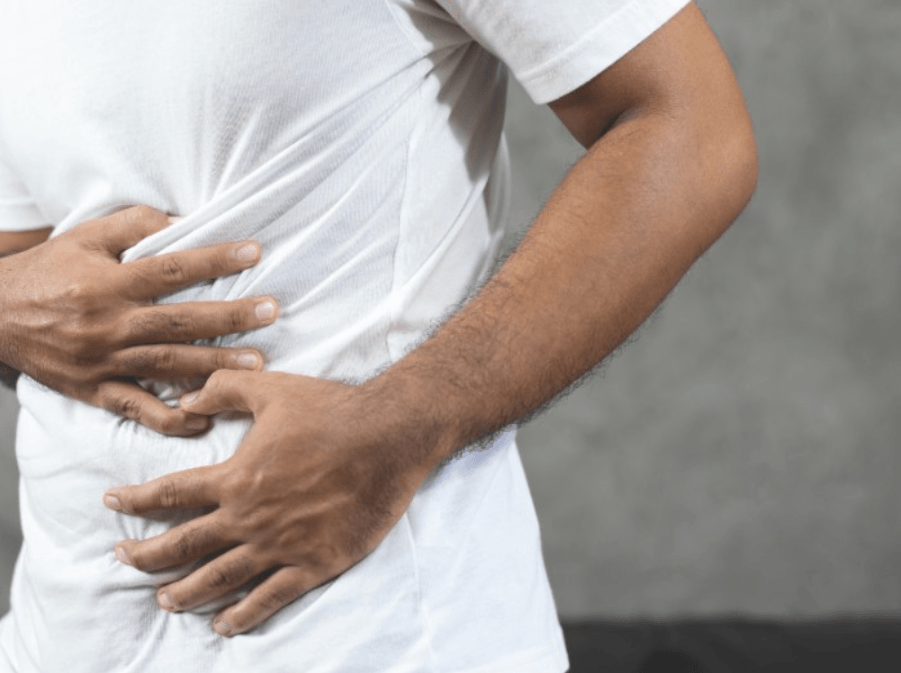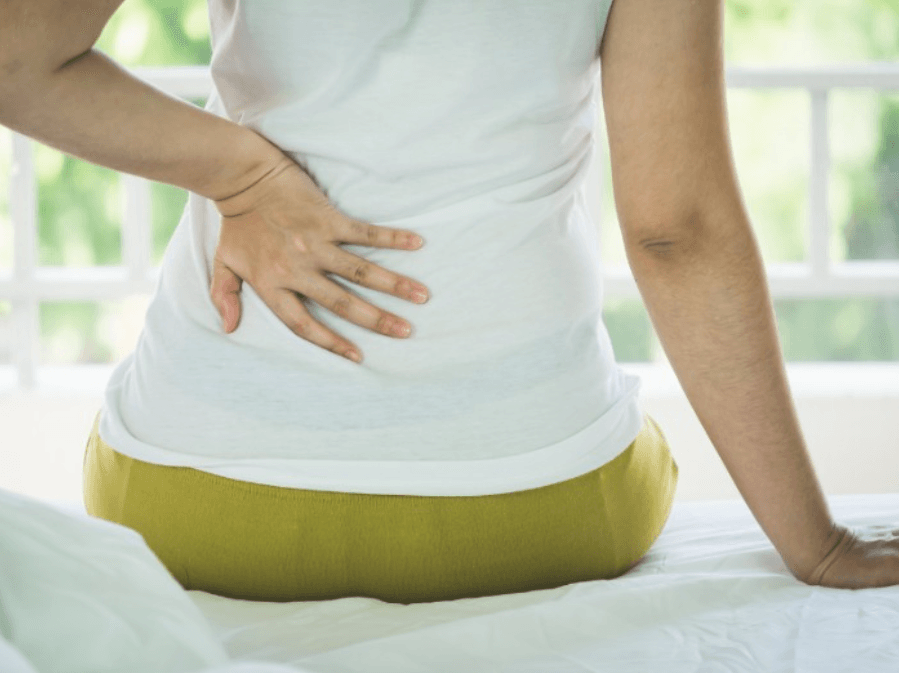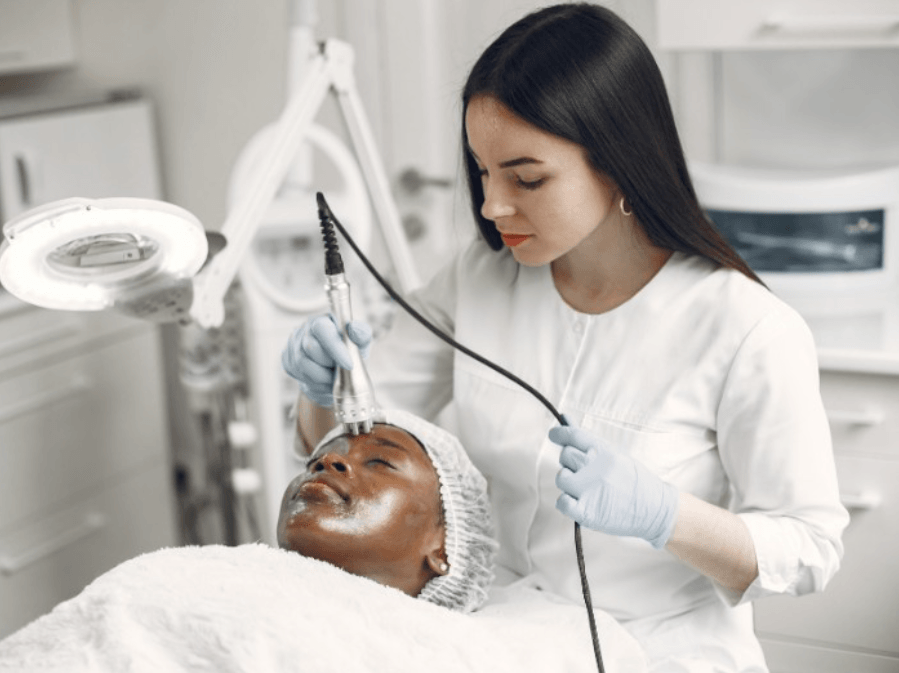Daily COVID-19 update from Putnam County
817 cases
(Greencastle, Ind.) Putnam County officials announced today that there have been 737 confirmed cases of COVID-19 in the county since March. Putnam County is currently at a 6.5% positivity rate. For a further breakdown of cases please visit www.coronavirus.in.gov . The positive case number also may include positive cases at the state correctional facility located in Putnam County. To learn more, visit https://www.in.gov/idoc/3780.htm .
Putnam County Hospital continues to offer curbside COVID testing. To schedule your appointment please go to https://scheduling.coronavirus.in.gov Testing hours are Tuesday-Friday 10:00am-6:00pm and Saturday 9:00am-2:00pm. If you have any further questions please call the COVID hotline at (765) 301-7019. Putnam County Hospital asks that patients arrive no earlier than five minutes before their scheduled test to help with the flow of traffic. When a patient arrives they will follow the COVID-19 testing signs. These signs will direct them to the proper testing area.
If you have been tested and are awaiting results please remember to follow the necessary precautions to help slow the spread. Here are some helpful tips and reminders from the CDC.
Stay home and away from others:
- Stay away from others while waiting for your COVID-19 test result, especially people who are at higher risk for getting very sick from COVID-19, such as older adults and people with other medical conditions, if possible.
- If you have been around someone with COVID-19, stay home and away from others for 14 days ( self-quarantine ) after your last contact with that person and monitor your health.
- If you have a fever, cough or other symptoms of COVID-19, stay home and away from others (except to get medical care).
- If you need support or assistance while in self-quarantine, your health department or community organizations may be able to provide assistance.
Monitor your health:
- Watch for fever, cough, shortness of breath, or other symptoms of COVID-19. Remember, symptoms may appear 2-14 days after exposure to COVID-19.
Think about the people you have recently been around. While you wait for your COVID-19 test result, think about everyone you have been around recently. This will be important information to have available. If your test is positive, someone from the health department may call you to check on your health, discuss who you have been around, and ask where you spent time while you may have been able to spread COVID-19 to others.
Follow your health department’s guidelines when you receive your COVID-19 test result.
- Positive test, whether or not you have symptoms
- If your test is positive , refer to the section What you can expect to happen if you are diagnosed with COVID-19
- Negative test and you do not have symptoms
- If your test is negative and you do not have symptoms , continue to stay away from others ( self-quarantine ) for 14 days after your last exposure to COVID-19 and follow all recommendations from the health department.
- A negative result before the end of your quarantine period does not rule out possible infection.
- You do not need a repeat test unless you develop symptoms.
- Negative test and you have symptoms
- If your test is negative and you have symptoms you should continue to stay away from others ( self-quarantine ) for 14 days after your last exposure to COVID-19 and follow all recommendations from the health department. A second test and additional medical consultation may be needed if your symptoms do not improve.
- If your symptoms worsen or become severe, you should seek emergency medical care.
Main Street Greencastle is sponsoring a drive by Halloween Trick or Treat at Big Walnut Sports Park from 4:00 pm to 6:00 pm on Saturday, October 31. Their safety plan has been approved by Board of Health.
The city is allowing neighborhood Trick or Treating from 6:00 pm to 8:00 pm on Saturday, October 31. Participating houses should turn their porch lights on. If a resident does not want to participate, they should NOT turn their porch light on. Citizens have been advised to follow our usual protocols on masks and social distancing.
We would like to remind the community that many traditional Halloween activities can be high-risk for spreading viruses. There are several safer, alternative ways to participate in Halloween. If you may have COVID-19 or you may have been exposed to someone with COVID-19, you should not participate in in-person Halloween festivities and should not give out candy to trick-or-treaters. The CDC has many recommendations on cautious ways to celebrate.
These lower risk activities can be safe alternatives:
- Carving or decorating pumpkins with members of your household and displaying them
- Carving or decorating pumpkins outside, at a safe distance, with neighbors or friends
- Decorating your house, apartment, or living space
- Doing a Halloween scavenger hunt where children are given lists of Halloween-themed things to look for while they walk outdoors from house to house admiring Halloween decorations at a distance
- Having a virtual Halloween costume contest
- Having a Halloween movie night with people you live with
- Having a scavenger hunt-style trick-or-treat search with your household members in or around your home rather than going house to house
Moderate risk activities
- Participating in one-way trick-or-treating where individually wrapped goodie bags are lined up for families to grab and go while continuing to social distance (such as at the end of a driveway or at the edge of a yard)
- If you are preparing goodie bags, wash your hands with soap and water for at least 20 second before and after preparing the bags.
- Having a small group, outdoor, open-air costume parade where people are distanced more than 6 feet apart
- Attending a costume party held outdoors where protective masks are used and people can remain more than 6 feet apart
- A costume mask (such as for Halloween) is not a substitute for a cloth mask. A costume mask should not be used unless it is made of two or more layers of breathable fabric that covers the mouth and nose and doesn’t leave gaps around the face.
- Do not wear a costume mask over a protective cloth mask because it can be dangerous if the costume mask makes it hard to breathe. Instead, consider using a Halloween-themed cloth mask.
- Going to an open-air, one-way, walk-through haunted forest where appropriate mask use is enforced, and people can remain more than 6 feet apart
- If screaming will likely occur, greater distancing is advised. The greater the distance, the lower the risk of spreading a respiratory virus.
- Visiting pumpkin patches or orchards where people use hand sanitizer before touching pumpkins or picking apples, wearing masks is encouraged or enforced, and people are able to maintain social distancing
- Having an outdoor Halloween movie night with local family friends with people spaced at least 6 feet apart
- If screaming will likely occur, greater distancing is advised. The greater the distance, the lower the risk of spreading a respiratory virus.
- Lower your risk by following CDC’s recommendations on hosting gatherings or cook-outs.
Higher risk activities
Avoid these higher risk activities to help prevent the spread of the virus that causes COVID-19:
- Participating in traditional trick-or-treating where treats are handed to children who go door to door
- Having trunk-or-treat where treats are handed out from trunks of cars lined up in large parking lots
- Attending crowded costume parties held indoors
- Going to an indoor haunted house where people may be crowded together and screaming
- Going on hayrides or tractor rides with people who are not in your household
- Using alcohol or drugs , which can cloud judgement and increase risky behaviors
- Traveling to a rural fall festival that is not in your community if you live in an area with community spread of COVID-19
For more information on precautions for the upcoming holidays please visit https://www.cdc.gov/coronavirus/2019-ncov/downloads/community/COVID19-events-gatherings-readiness-and-planning-tool.pdf
What else can I do right now to help prevent the spread of influenza and the flu?
- Avoid close contact. Avoid close contact with people who are sick. When you are sick, keep your distance from others to protect them from getting sick, too.
- Stay home when you are sick. If possible, stay home from work, school and errands when you are sick. This will help prevent you from spreading your illness to others.
- Cover your mouth and nose. Cover your mouth and nose with a tissue when coughing or sneezing. It may prevent those around you from getting sick. Flu and other serious respiratory illnesses are spread by cough, sneezing or unclean hands.
- Clean your hands.
Washing your hands often will help protect you from germs. If soap and water are not available, use an alcohol-based hand rub.
- Handwashing: Clean Hands Save Lives Tips on hand washing and using alcohol-based hand sanitizers
- It’s a SNAP Toolkit: Handwashing Hand washing resources from the It’s a SNAP program, aimed at preventing school absenteeism by promoting clean hands; from the School Network for Absenteeism Prevention, a collaborative project of the CDC, the U.S. Department of Health and Human Services and the American Cleaning Institute.
- Avoid touching your eyes, nose or mouth. Germs are often spread when people touch something that is contaminated with germs and then touch their eyes, nose or mouth.
- Wear a mask. Masks can reduce the transmission of all respiratory illnesses, including the flu.
- Practice other good health habits. Clean and disinfect frequently touched surfaces at home, work or school, especially when someone is ill. Get plenty of sleep, be physically active, manage your stress, drink plenty of fluids and eat nutritious food.
Putnam County is providing regular updates on COVID-19 to citizens as part of its effort to complement the daily updates from the Indiana State Dept. of Health. The updates can be accessed via www.coronavirus.in.gov .
To learn more about Putnam County’s coordinated response to COVID-19, please visit the Putnam County Hospital at www.pchosp.org/covid-19-updates or the Putnam County Health Department at www.putnamhealthindiana.org .




